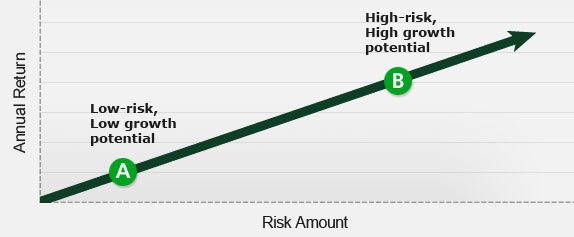Understanding What Mutual Funds Cost Money Under 30
Post on: 25 Июнь, 2015 No Comment

So, you found the perfect mutual fund for your investment goals.
Before you invest, do you know how much that mutual fund costs?
Last week, I wrote a beginner’s guide to mutual funds. As I said, mutual funds are ideal investments for new investors and anybody who wants to take advantage of the stock market’s upside but has no interest in trading stocks or worrying about the markets daily ups and downs. Mutual funds offer set it and forget it investing. That’s a good thing.
When you invest in a mutual fund, you want:
- the right mutual fund for your investing goals (well cover this soon)
- a low-cost mutual fund
WHY MUTUAL FUNDS COST MONEY
When you buy stock in a single company, you must pay a stock broker a commission to execute the transaction. Then, you own the stock, and there are no more expenses to hold that stock until you sell it, at which time you pay another commission.
Mutual funds, however, have other fees.
Remember that mutual funds are collections of stocks, bonds, and other securities. Often times, they are actively managed, meaning a team of people are doing research and making trades daily to ensure the fund performs according to its investment objectives. Even in a fund that’s not actively managed, trades are executed to keep the fund’s portfolio balanced as money flows in and out of the fund.
These tradesand the management and research in an actively managed fundcost money. And these costs are passed along to the mutual fund investor. Thats OK, but a key to smart mutual fund investing is to identify the funds with the lowest cost for your investing objective.
MUTUAL FUND COSTS
What you need to know about any mutual fund are its expense ratio and sales load.
Expense Ratios
A mutual fund’s expense ratio is the percentage of a fund’s assets that go purely to running the fund. It encompasses many things, including:
- investment advisory fee or management fee
- administrative costs
- 12b-1 distribution fee (advertising)
Basically, all the funds costs are rolled up into the expense ratio, which is expressed as a percentage like 0.20% (on the low end) or 1.60% (on the higher end).
Why do these fees matter?
Mutual fund fees are sneaky, because you never feel them come directly out of your wallet. When you invest $2,000 in a mutual fund, for example, you pay $2,000, not $2,000 plus $20 for expenses. But over time, the mutual fund company takes its expenses out of the fund’s total assets, and any investment returns you earned are reduced by the amount of the fund’s expenses.
For example, if you invested $10,000 in a mutual fund that gets an 8% average annual return for 30 years, heres how mutual fund expenses can impact your return:
In a fund with a 1% expense ratio, you’ll have $76,122 in 30 years. Invest that same money in a fund with the same return but a 2% ratio, and you’ll only have $57,435 after 30 years. That’s a difference of $18,687 on just a $10,000 investment. The more you invest, the more fees eat away at returns. (And if you found a mutual fund with just a 0.20% expense ratio, you’d have $95,184 after 30 years. Take that to the bank!)
Mutual fund expenses are a necessary evilmutual funds cost money to administer. If you want the convenience of investing in these funds, you have to pay the expenses. But there’s another far more sinister fee that some funds charge known as a load .
A load is simply a fancy name for a sales charge or commission.
Fortunately, mutual funds are grouped into load funds and no-load funds, so it’s often easy to search only funds that don’t have this added cost. Note, however, that if a broker or financial advisor is recommending funds for you to invest in, these may be load funds. That person will likely get the load as a commission for helping you pick a fund. (That’s why I recommend using a fee-only financial advisor to avoid this.)
HOW TO IDENTIFY WHAT A MUTUAL FUND COSTS
Mutual fund costs must be clearly disclosed in the mutual fund’s prospectus, which you can download directly from the fund company’s Website or from a mutual fund research Website like Morningstar .
Morningstar and other sites make it easy to research fund sand identify their fees. As an example, the following screenshot of a Morningstar free fund information page clearly shows both the fund’s load and expense ratio, which I’ve highlighted.
What a mutual fund costs is one of the most important factors in deciding on a fund to buy.
- A mutual fund’s expense ratio eats away at your returns. Avoid funds with expense ratios of more than 1.0%.
- If you’re comfortable learning about and choosing a mutual fund yourself, you should never buy a fund with a load.
- You can find a mutual fund’s costs listed in its prospectus or on Websites like Morningstar.
Stay tuned for more articles in this series including how to pick a mutual fund and some fund recommendations for new investors.














